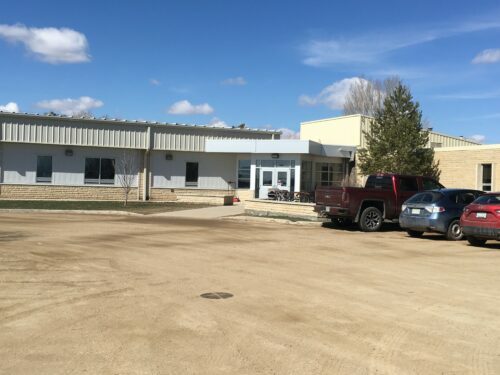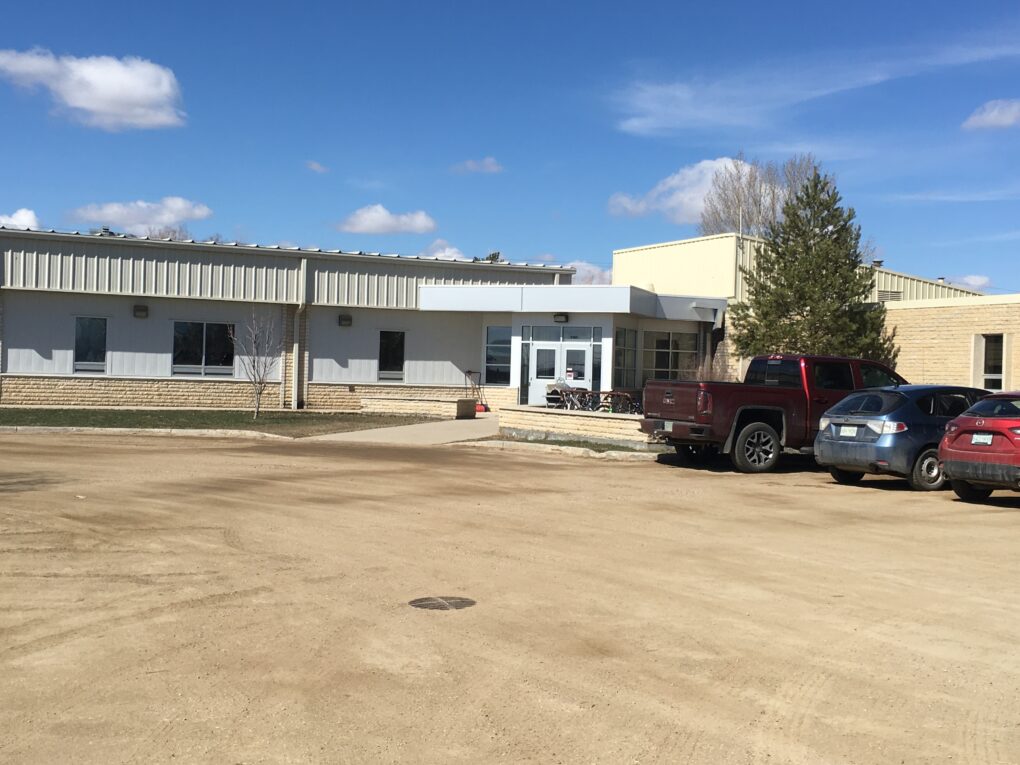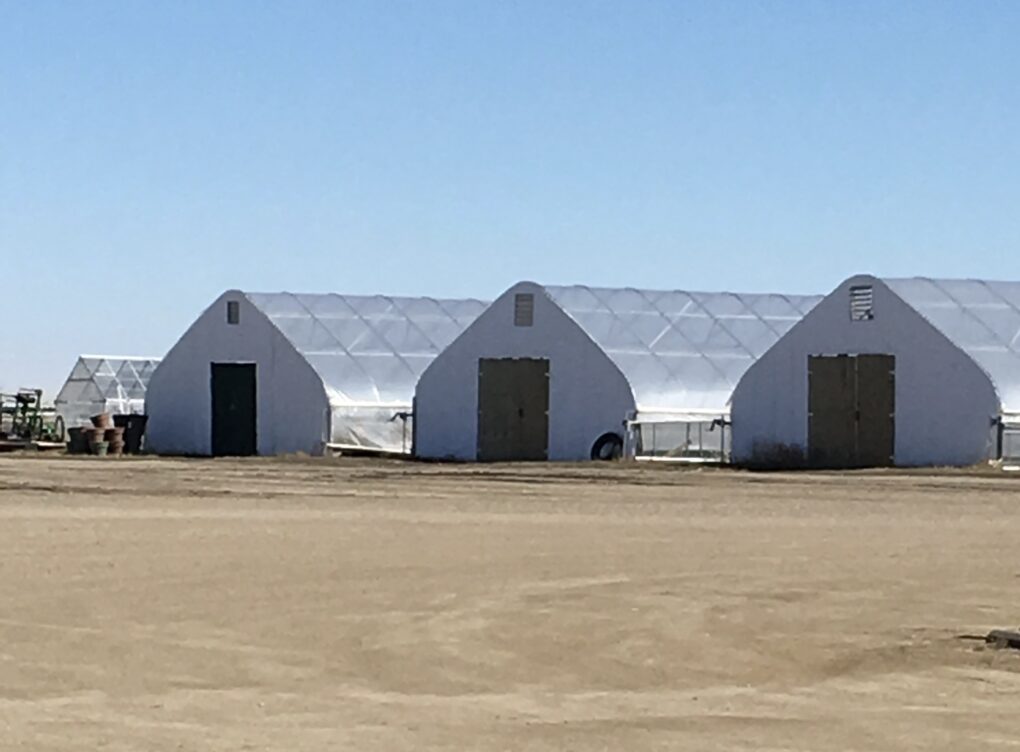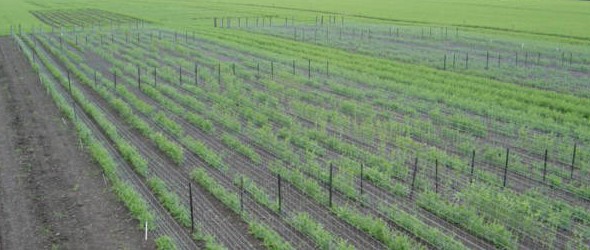Part 3: Developing New Varieties at the Crop Science Field Laboratory
This is the third post of a series of #LabToField blogs that will explain the yearly cycle of variety development. Click here to read Part 1: Phytotrons or Part 2: The Agriculture Greenhouses
The Crop Science Field Laboratory
The Crop Science Field Laboratory is located just across Preston Avenue from the University of Saskatchewan. The facility was first opened in 1972 and is home to the majority of crop breeding programs in the Department of Plant Sciences. The Field Lab facilities are vital to every step of the development process. Operations at the Field Lab range from crossing parent plants in the poly greenhouses resulting in the initial F1 generation, to hand-harvesting field trials at Kernen Research Farm, and finally to conducting the final line selections before variety registration.
How are Varieties Developed?
On average, it takes 10-12 years for a variety to reach registration for commercial production. The process begins with classical plant breeding techniques conducted in the facility’s poly greenhouse, the U of S Agriculture Greenhouses, or the phytotron, resulting in the F1 generation (the progeny from the initial cross between parent plants). Subsequent generations are then grown in field trials. Breeding lines are selected based on agronomic qualities and prediction of desired end-use traits (e.g. protein) tested for at the Grains Innovation Lab (GIL). A breeding line consists of a homogeneous group of plants that are distinguishable from others by their genetic makeup or observable characteristics. At each selection, typically only 5-10% of breeding lines advance to the next generation depending on the intensity of the selection process.
In early generations, high variability exists within a line due to the manifestation of different parent traits. To stabilize the genetics, plants containing the desired traits in early generations are selected, hand harvested, planted in bulk, and the selection process begins again. This process is conducted for succeeding generations, and by the time the F6 generation is grown out, the genetics are mostly stabilized and testing for characteristics such as protein, gluten-strength, and colour can be conducted at the GIL. The lines that move beyond quality analysis at the GIL are put into multi-site yield trials.
A common practice at the Field Lab is sending plant material to New Zealand nurseries to take advantage of their opposite seasons. When we are experiencing a cold Canadian winter, breeding lines can be grown in the New Zealand summer. A similar practice involves growing out generations at the U of S Agriculture Greenhouses. Both tactics allow the breeders to work with 2 or more growing seasons in one year which speeds up the variety development process.
After the breeding and selection process is completed, (typically this takes about 10 years), the most promising lines enter into variety registration trials located across Canada for a period of 2-3 years. Less than 0.5% of crosses made initially will advance to this stage. The varieties undergo inspection by the CFIA before recommendation for registrations are made. After this recommendation is passed, bids for the lines can be accepted from seed companies who will take the resulting lines and commercialize the seed.
What Happens at the Field Lab in the Spring?
If you visit the Field Lab in the spring, you will find employees hard at work hand-threshing samples, cleaning seed, or organizing seed for plot randomizations. All around, preparations are being made for the planting season. When you consider the thousands of plots planted each year, it is no surprise that the Field Lab is bustling with activity in the spring. The breeding teams at the Field Lab are working on many projects simultaneously, each at different generational stages. This means that the preparation and selection processes for each project are quite different. Each lab employee must pay close attention to detail to ensure they never mix seeds of one line or project with another. A mix-up in the seed can be disastrous for a breeding project, as the seeds are essentially indistinguishable without conducting gene-marker testing.
What Impact Does the Field Lab Have on Canadian Agriculture?
The processes conducted at the U of S Field Lab provide Canadian farmers with innovative crop varieties, including cereals, oilseeds, and pulses. Breeding programs are created and modified based on the needs of farmers and the issues they are facing in their cropping rotations. Projects aimed at solving a particularly troubling issue for farmers are prioritized and measures are taken to ensure that solutions are made accessible to farmers as quickly as possible. One example is Fusarium Head Blight (FHB) in Durum. High FHB disease pressure in recent years has caused significant yield and quality losses on Saskatchewan farms. Finding a solution for this issue is at the top of the Durum breeding program’s priorities. Challenges in farming evolve at a rapid pace, but the innovative breeding work conducted at the U of S Field Lab provides farmers with the tools needed to continue growing safe, healthy food for the world.
A special thank you to Russell Lawrie with the Durum and CPS Breeding Program for showing me around the Field Lab and taking the time to answer all of my questions.





